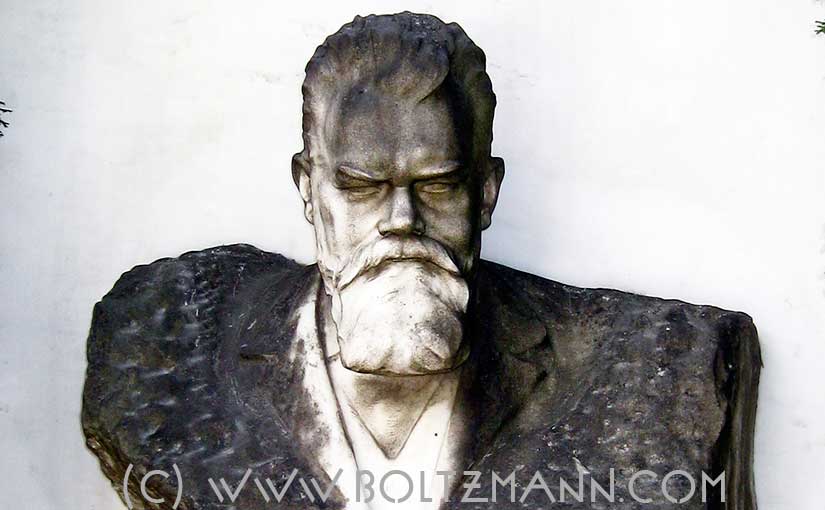Tag: entropy
-
5th Ludwig Boltzmann Symposium Tokyo 2013
“ENERGY” Wednesday, 20th February 2013, Embassy of Austria, Tokyo 14:00 Welcome by Dr. Bernhard Zimburg, Ambassador of Austria to Japan 14:10 Gerhard Fasol, “today’s agenda” 14:20 – 14:40 Robert Geller Professor of Geophysics University of Tokyo, seismologist. First ever tenured non-Japanese faculty member at the University of Tokyo “A seismologist looks at nuclear power plant…
-
4th Ludwig Boltzmann Symposium Tokyo 2012
“ENERGY” on Monday, 20th February 2012 14:00 Welcome by Thomas Loidl, Chargé d’affaires ad interim of the Austrian Embassy 14:10 Gerhard Fasol: today’s agenda” 14:20 – 14:40 Tatsuo Masuda Professor at Nagoya University of Commerce and Business, served as Director of Oil Markets and Emergency Preparedness of IEA “New energy architecture for Japan” 14:40 –…
-
3rd Ludwig Boltzmann Symposium Tokyo 2011
Topic “Space and Energy and Ludwig Boltzmann” on Thursday, 17th February 2011, Embassy of Austria, Tokyo. 14:00 Welcome by Michael Haider, Cultural Counsellor of the Austrian Embassy 14:10 – 14:40 Gerhard Fasol, “Ludwig Boltzmann: Pioneer of understanding Space and Energy” 15:00 – 15:45 Tetsuhiko Ikegami, PhD Chairman, Space Activities Commission, Ministry of Education, Culture, Sports,…
-
2nd Ludwig Boltzmann Symposium Tokyo 2010
Topic “Leadership and Diversity” on Thursday, 18th February 2010 14:00 Welcome by HE the Ambassador of Austria to Japan 14:10 – 14:40 Gerhard Fasol, “Ludwig Boltzmann as a local and global leader” 15:00 – 15:20 Atsuko Heshiki, MD and PhD President of Medical Woman’s International Association (MWIA) and Professor Emeritus at Saitama Medical School “Leadership…
-

1st Ludwig Boltzmann Symposium Tokyo 2009
on Friday, 20th February 2009 (Boltzmann’s birthday, 165 years ago) 14:00 Welcome by HE the Ambassador of Austria to Japan 14:05-14:35 Hisashi Kobayashi, Sherman Fairchild University Professor Emeritus, Princeton University, Executive Advisor, National Institute for Information and Communications Technology (NICT), Japan. “Ludwig Boltzmann: His Impacts on Information and Communications Technologies” 14:35-14:45 Coffee Break 14:45-15:15 Gerhard…
-
our future: hot, flat, and crowded… celebrating Ludwig Boltzmann’s 165th birthday
Ludwig Boltzmann was one of the most important physicists and philosophers: it is almost impossible for any engineer, chemist or physicist to do a day’s work without using Boltzmann’s tools and results every day. Ludwig Boltzmann is this author’s and Eurotechnology Japan KK’s founder’s great grandfather – and his excellence is our company’s guiding light.…
-
Ludwig Boltzmann – 100 Years
Founded 10 years ago here in Tokyo, our company continues a great tradition of European excellence combined with Japan’s great traditions, Japan’s creativity & vitality & excellence. Ludwig Boltzmann (February 20, 1844 – September 5, 1906) is our company’s founder’s great grandfather – and one of our company’s great inspiration. We are working hard to…
